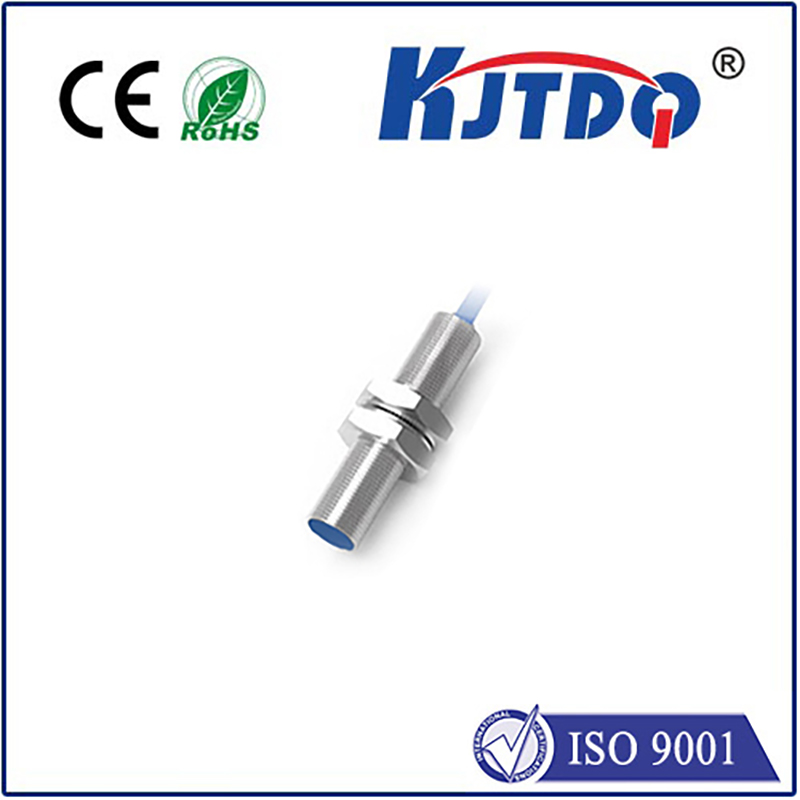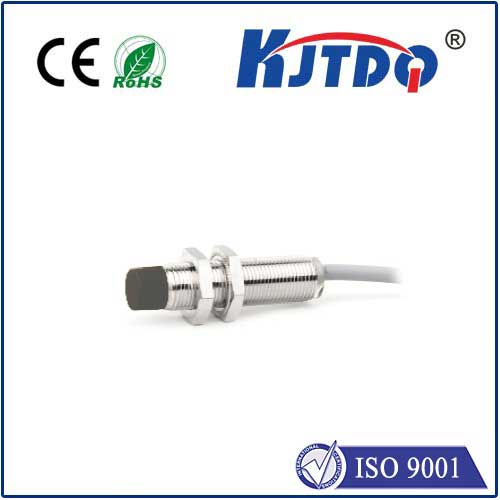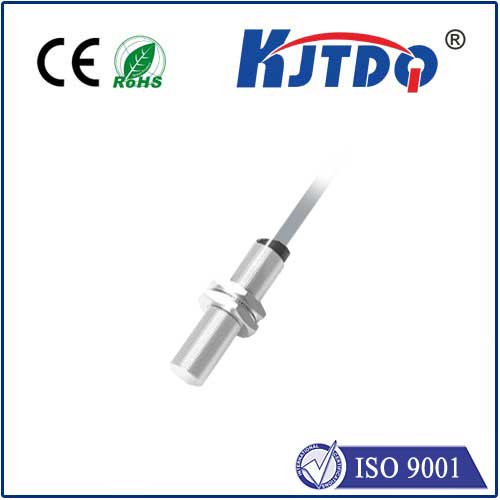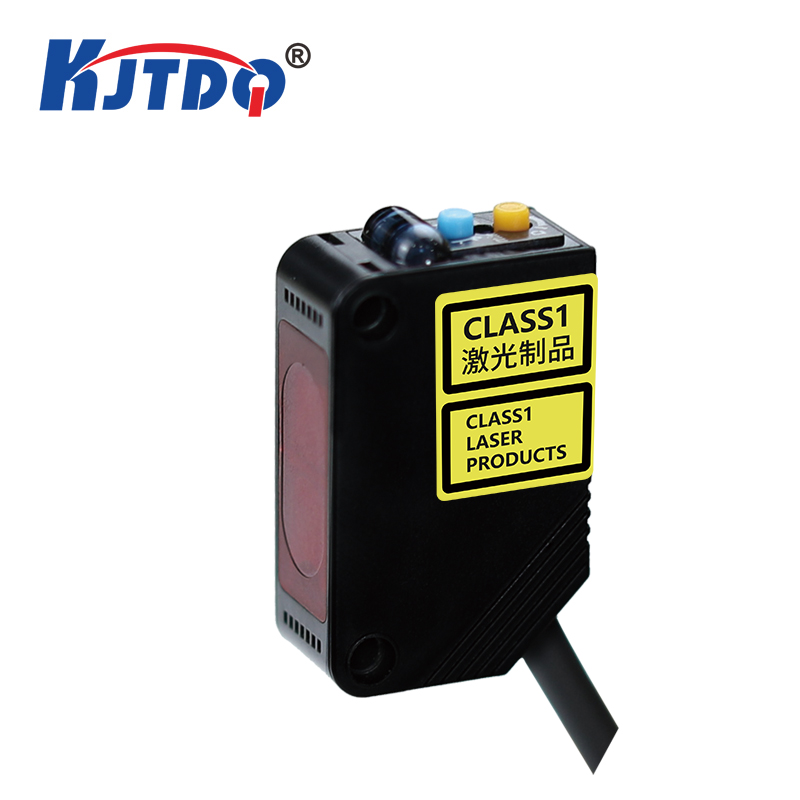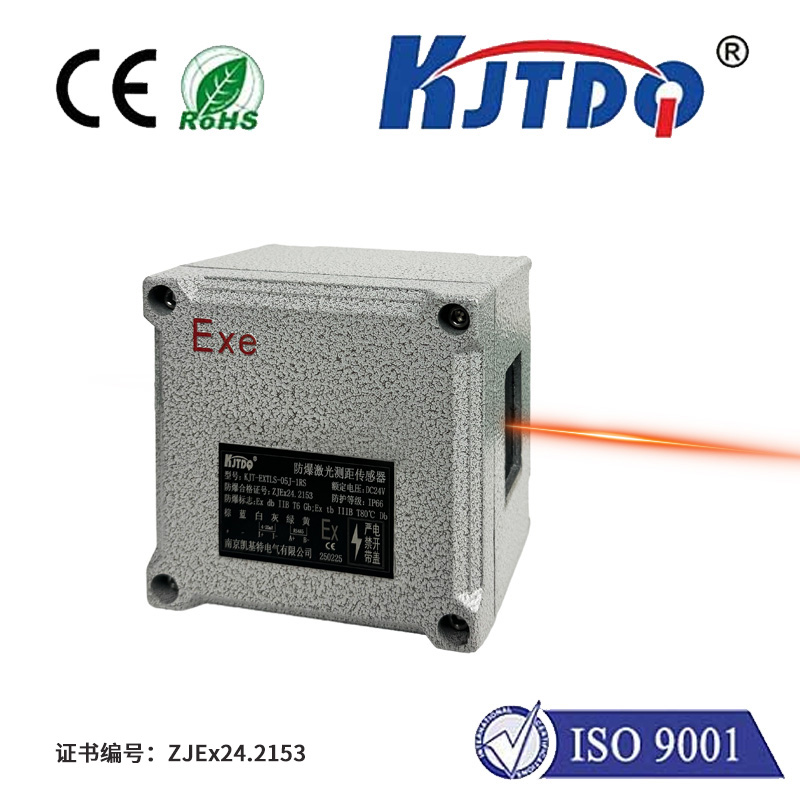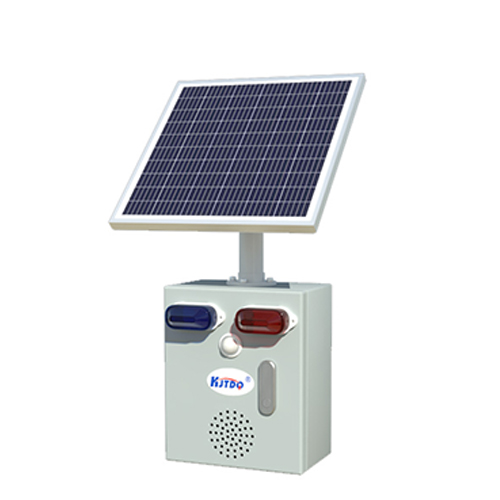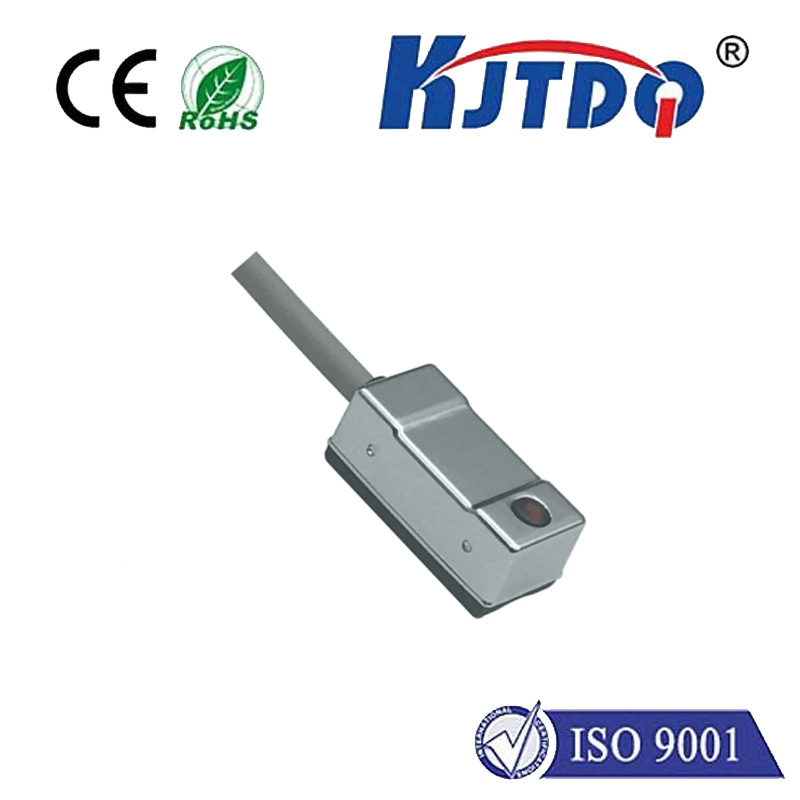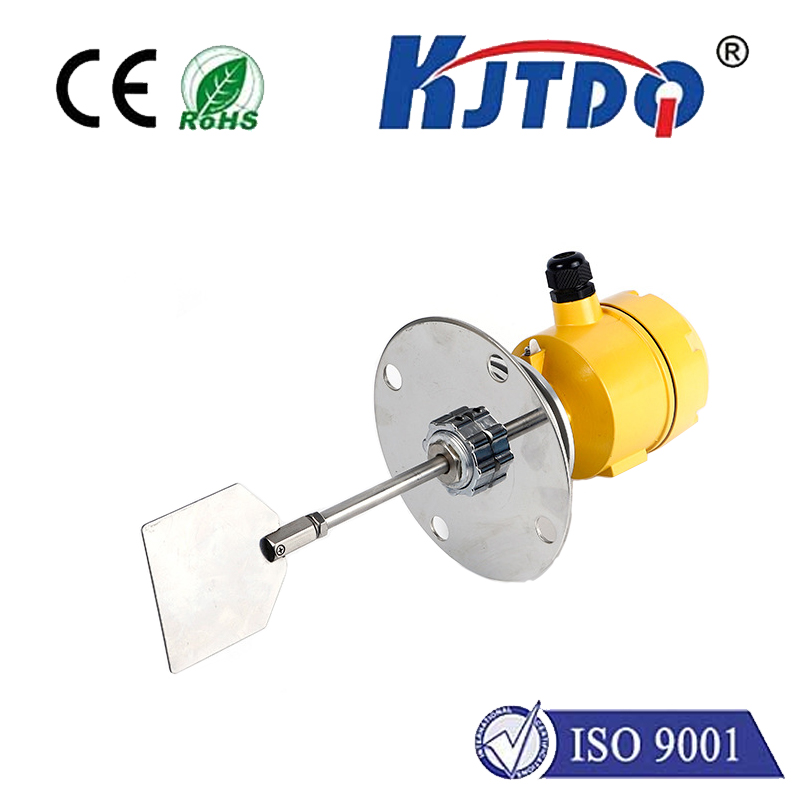mechanical limit switch
- time:2025-09-12 03:05:13
- Click:0
Mechanical Limit Switches: The Indestructible Sentinels of Industrial Automation
In a world increasingly saturated with sophisticated electronic sensors, one stalwart component quietly maintains its indispensable role across countless machines: the mechanical limit switch. Far from being obsolete, these robust electromechanical devices offer unparalleled reliability and simplicity where it matters most. Understanding their operation, strengths, and ideal applications is crucial for engineers and maintenance professionals navigating the complex landscape of industrial control.
The Essence of Simplicity: How a Mechanical Limit Switch Works
At its core, a mechanical limit switch is a straightforward device. It consists of an actuator (like a lever arm, roller, plunger, or whisker) physically linked to internal, spring-loaded electrical contacts. When an external object – a moving part of a machine, a door, a vehicle, or even a product on a conveyor – makes contact with this actuator, it applies force. This force overcomes the spring tension, causing the actuator to move. This mechanical movement directly drives the internal contacts to change state, instantly opening or closing an electrical circuit.
This change in the circuit state sends a clear, unambiguous signal to the machine’s control system (like a PLC - Programmable Logic Controller). The signal essentially says: “The object has reached this specific point” or “This safety guard is now closed”. It’s this direct, physical causation – movement causing electrical change – that is the defining characteristic and key strength of mechanical limit switches.
Key Components and Variations

While simple in principle, mechanical limit switches come in diverse forms to suit countless applications:
- Actuator Styles: This is the “feeler” of the switch. Choices are critical:
- Roller Lever: Ideal for contacting moving edges smoothly; reduces wear.
- Rod Lever/Push Rod: Good for direct linear pushes.
- Plunger (Spring-Loaded): Activated by direct pressure from any direction perpendicular to its axis.
- Flexible Rod (Whisker): Detects objects from wide angles; good for delicate positioning or irregular shapes.
- Rotary Cam: Used for rotational position sensing.
- Contact Configuration: Determines the electrical behavior:
- Normally Open (NO): Contacts close when actuated.
- Normally Closed (NC): Contacts open when actuated.
- Changeover (SPDT): Combines both NO and NC contacts in one unit, offering maximum flexibility.
- Housing: Robust enclosures, often rated to IP67 or higher, protect the internal mechanism from dust, moisture, oils, chemicals, and physical impact – vital for harsh industrial environments.
Why Choose Mechanical? Compelling Advantages
In an era of smart sensors, why are mechanical limit switches still ubiquitous? Their advantages are tangible and significant:
- Unmatched Robustness & Durability: Built with heavy-duty metal and industrial-grade plastics, they withstand extreme conditions – vibration, shock, temperature fluctuations, humidity, and contamination – that can cripple more delicate electronic sensors like proximity or photoelectric switches. They are built to last.
- Physical Confirmation: They provide absolute, physical proof of an object’s position or presence. There’s no ambiguity – the actuator must be moved. This makes them inherently reliable for critical safety interlocks (e.g., guarding doors on machinery) and position verification.
- Simplicity & Ease of Understanding: Their operation is intuitive and visible. Troubleshooting is often straightforward: if the actuator moves but the signal doesn’t change, the switch is faulty. This simplicity speeds up diagnosis and maintenance.
- High Current Handling: Unlike many low-power electronic sensors requiring interposing relays, mechanical switches often feature contacts rated for directly switching higher currents (e.g., motors, solenoids, pilot lights).
- Cost-Effectiveness: For basic position detection and interlocks, mechanical switches generally offer a lower initial cost compared to equivalent rated electronic sensors, especially when considering their longevity and minimal need for associated circuitry.
- Immunity to Environmental Interference: They are inherently immune to electromagnetic interference (EMI), radio frequency interference (RFI), and background light or sound that can plague optical or ultrasonic sensors.
Where They Shine: Prime Applications
Mechanical limit switches are the go-to solution in numerous demanding scenarios:
- Machine Tooling: Defining end-of-travel limits for axes (X, Y, Z), verifying tool changer positions, confirming chuck clamping on CNC lathes and machining centers.
- Material Handling: Detecting the presence/position of pallets, carts, or products on conveyors; confirming hoist and crane travel limits; verifying gate positions.
- Packaging Machinery: Signaling when a case sealer is closed, detecting product in-feed for filling machines, confirming wrapper positioning.
- Safety Interlocking: Crucially, they are the backbone of safety circuits. Actuating a switch by opening a safety guard door immediately cuts power to hazardous machine motion. Their positive operation mode (POM) is critical for functional safety standards like ISO 13849.
- Automotive Manufacturing: Verifying door, hood, or trunk closure on assembly lines; positioning robots; detecting fixture clamping.
- Access Control: Monitoring gate and door positions in industrial settings.
Selecting the Right Switch: Key Considerations
Choosing the optimal mechanical limit switch requires careful thought:
- Actuor Type: Match it to the motion (linear, rotational, edge contact) and force available. Roller levers minimize friction on moving parts.
- Environment: Match the IP rating to the conditions (dust, water washdown, chemicals, explosive atmospheres like ATEX/IECEx).
- Electrical Requirements: Ensure the contact ratings (voltage AC/DC, current rating - both make and break current) suit the load being controlled (relay coil, motor starter, PLC input).
- Operating Force & Differential: The force needed to actuate must be achievable, and the differential (movement needed between actuation and release points) must be acceptable for the application’s precision needs.
- Durability (Mechanical Life & Electrical Life): How many mechanical operations and electrical switching cycles are expected? Industrial-grade switches often rate in the millions.
- Mounting: Ensure the switch body and actuator orientation allow for secure and accessible mounting at the required location. Adjustable mounting brackets are often essential.
The Enduring Workhorse
Despite the allure of newer technologies, the mechanical limit switch remains an indispensable component in the engineer’s toolkit. Its unparalleled combination of durability, reliability, simplicity, and cost-effectiveness in confirming physical position or providing critical safety signals ensures it will continue guarding and controlling machinery for decades to come. When absolute assurance in harsh conditions is paramount, electromechanical limit switches are often the undisputed champions, silently and reliably performing their vital duty as the indestructible sentinels of the factory floor and beyond.






